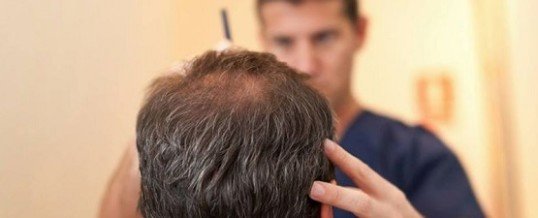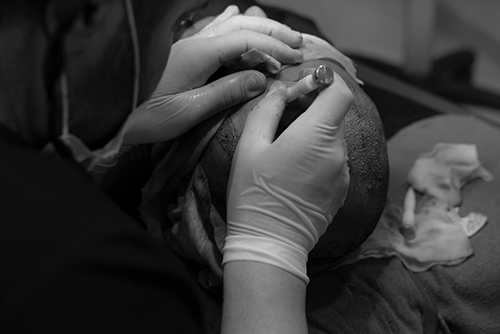Recent History Of Hair Transplants

Over the past few decades, hair transplant procedures have improved significantly. Not only has the technology involved in the hair transplant process improved, but the skill of the surgeons who perform the procedures and operate the technology has increased as well. Hair transplants are advancing so rapidly that a potential hair transplant patient would have to contact a St. Louis hair loss replacement specialist to get an accurate sense of the optionsthat are available at the moment. As a general fact, though, it is the case that hair transplant procedures have come a long way over the years. The development of hair transplant procedures has meant a number of different things for patients. For one, it has driven costs down; new technologies and more patients has made the hair transplant process more affordable for more people than ever before. Another benefit of advancements in the field has been a decrease in the time it takes both to complete the procedure and to recover from the procedure; hair transplants are more efficient than ever. The primary benefit in recent advancements in hair transplant procedures, however, has been an improvement in their aesthetic results. Hair transplants look better than ever. Of course, the safety of the patient remains the number one priority, but the look of a hair transplant is undoubtedly the measure of hair transplant success for most people. While hair transplants enjoy great success rates and look today, this wasn’t always the case. Here is a look at the recent developments that have made the hair transplant such a successful procedure.
Recent History
Before The Mid-Nineties
Beginning in the 1950s, the first hair transplant surgeries utilized large grafts known as plugs. While these plugs were revolutionary and successful to some degree, they left much to be desired for in terms of appearance. Mini-micro grafting then decreased the size of the graft and improved the look of the transplant. Using large numbers of mini-micro grafts was the standard for hair transplants until the mid-1990s—at that point, even more innovation occurred.
Follicular Unit Transplantation (FUT)
Follicular Unit Transplantation was developed in 1995. This technique utilized stereo-microscopic graft dissection to transplant hair in the groups it naturally occurred in. Not only did this represent an improvement in terms of the look and effectiveness of a hair transplant, it required more skills from the practitioner of the procedure. To perform FUT, a surgeon required an advanced skill-set as well as a staff that was also well-trained. Initially, as with previous techniques, FUT was met with skepticism by the general public, the medical community, and the hair transplant profession. Within a few years, though, it quickly became accepted as the best method for hair transplantation.
Follicular Unit Extraction (FUE)
Follicular Unit Extraction was developed after Follicular Unit Transplantation; both are still performed by most leading hair transplant surgeons today. Though FUT is considered more popular and effective, there are some cases where it may be limited for various reasons; in such cases, FUE may be a good option.
Failed Methods
Along the way to the successful methods of FUT and FUE, there have been several hair transplant methods that have ultimately failed. Laser hair transplants and scalp reductions are two examples of techniques that were tried and ultimately found to be ineffective, especially when compared with FUT and FUE. Overall, understanding the history of hair transplant techniques reveals the simple truth that there has never been a better time for a hair transplant.









